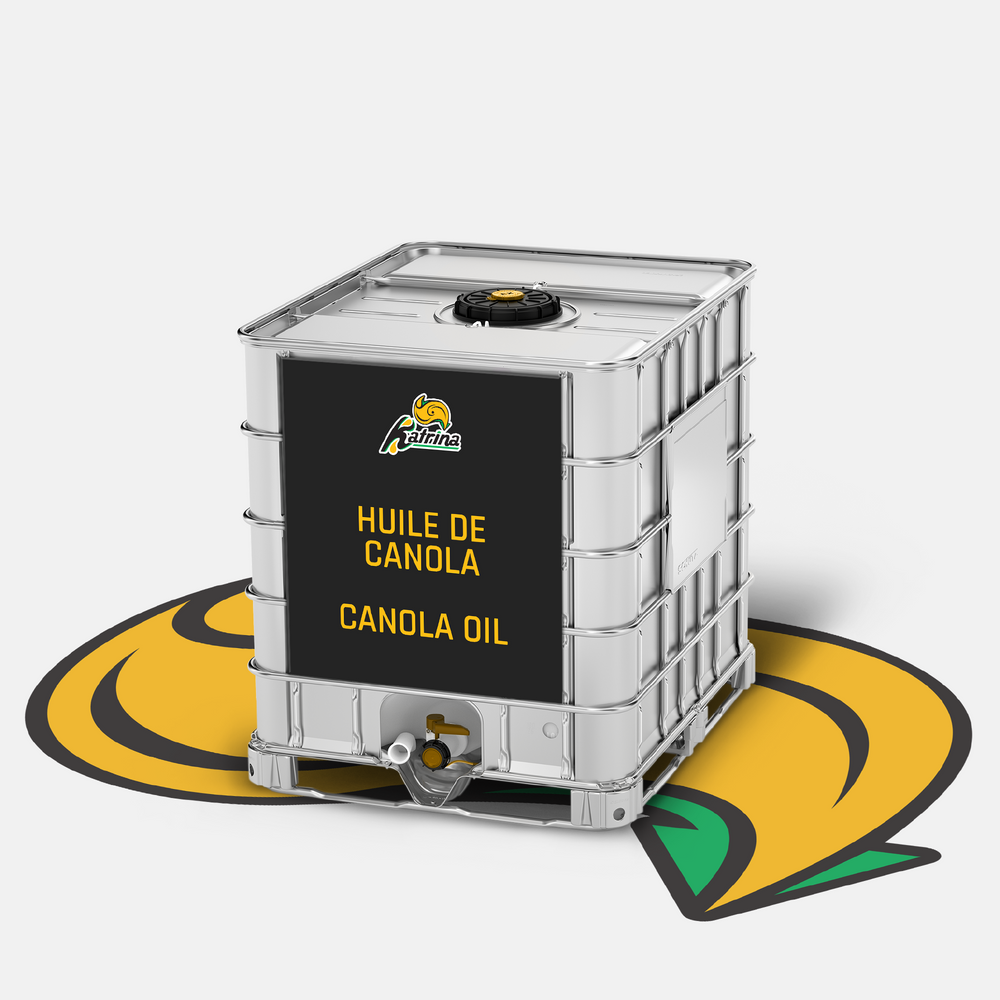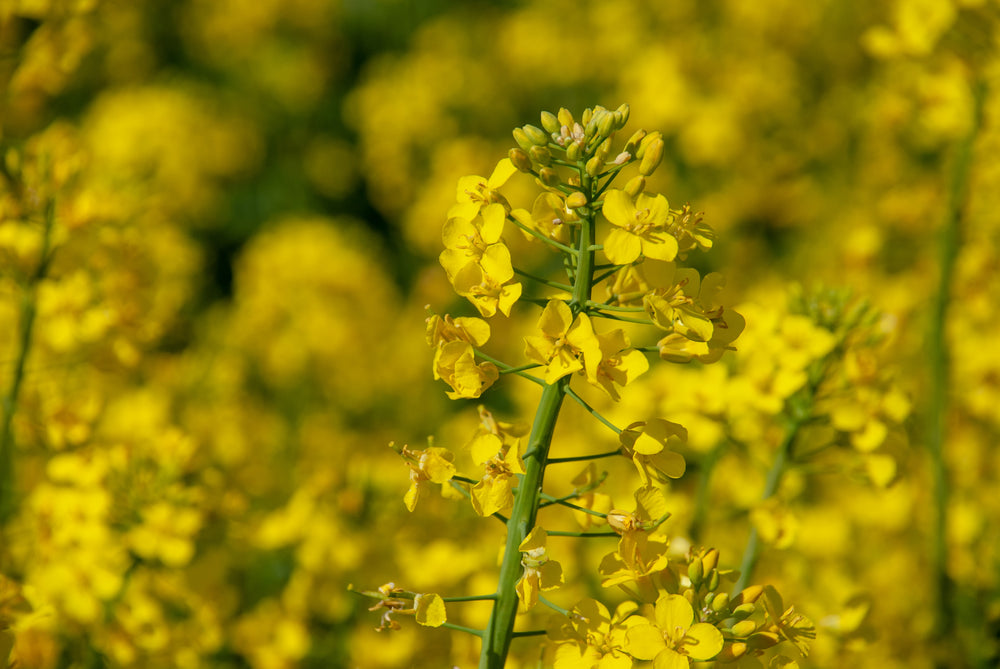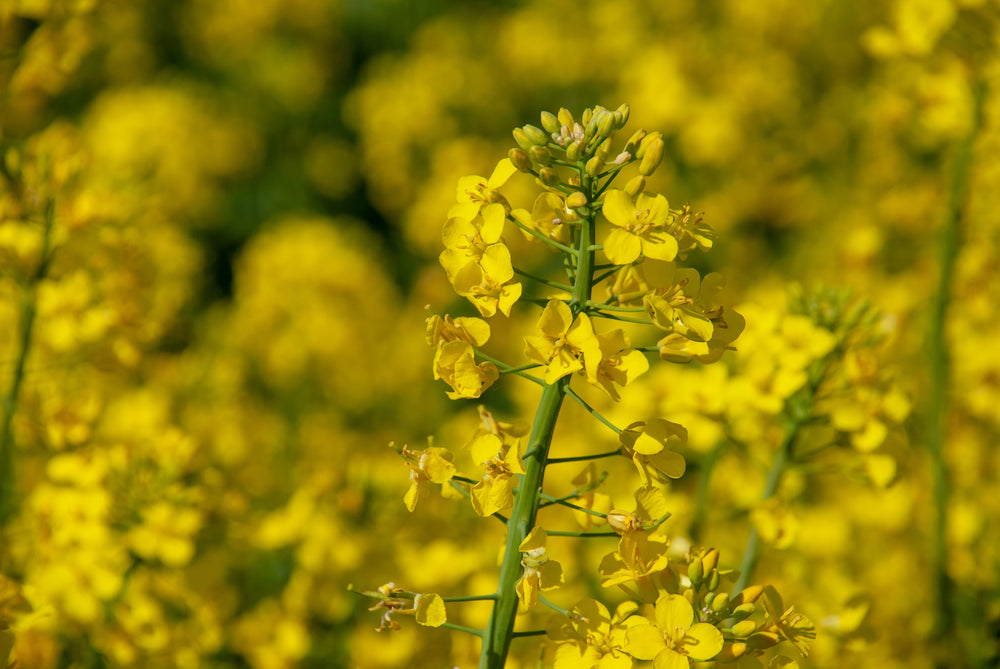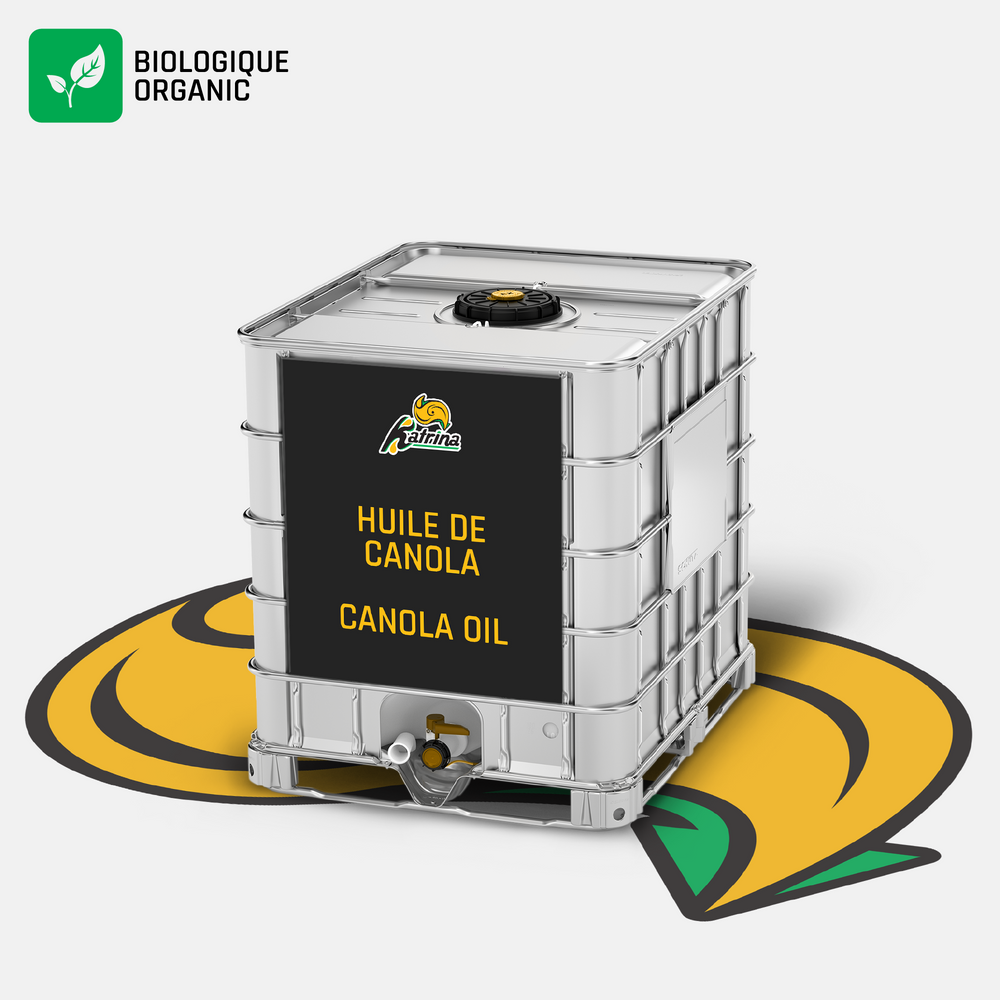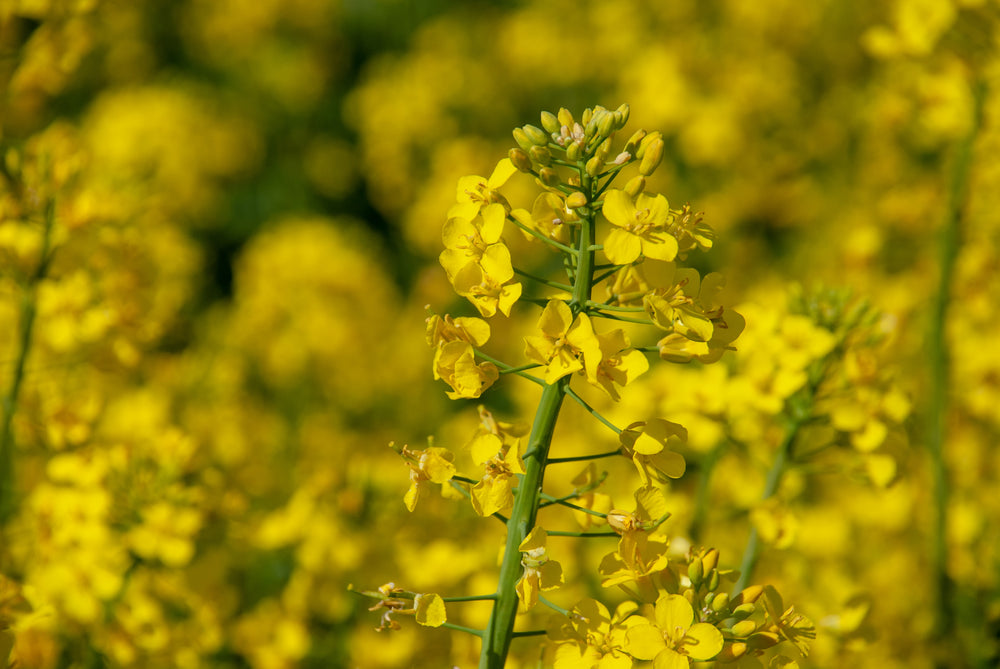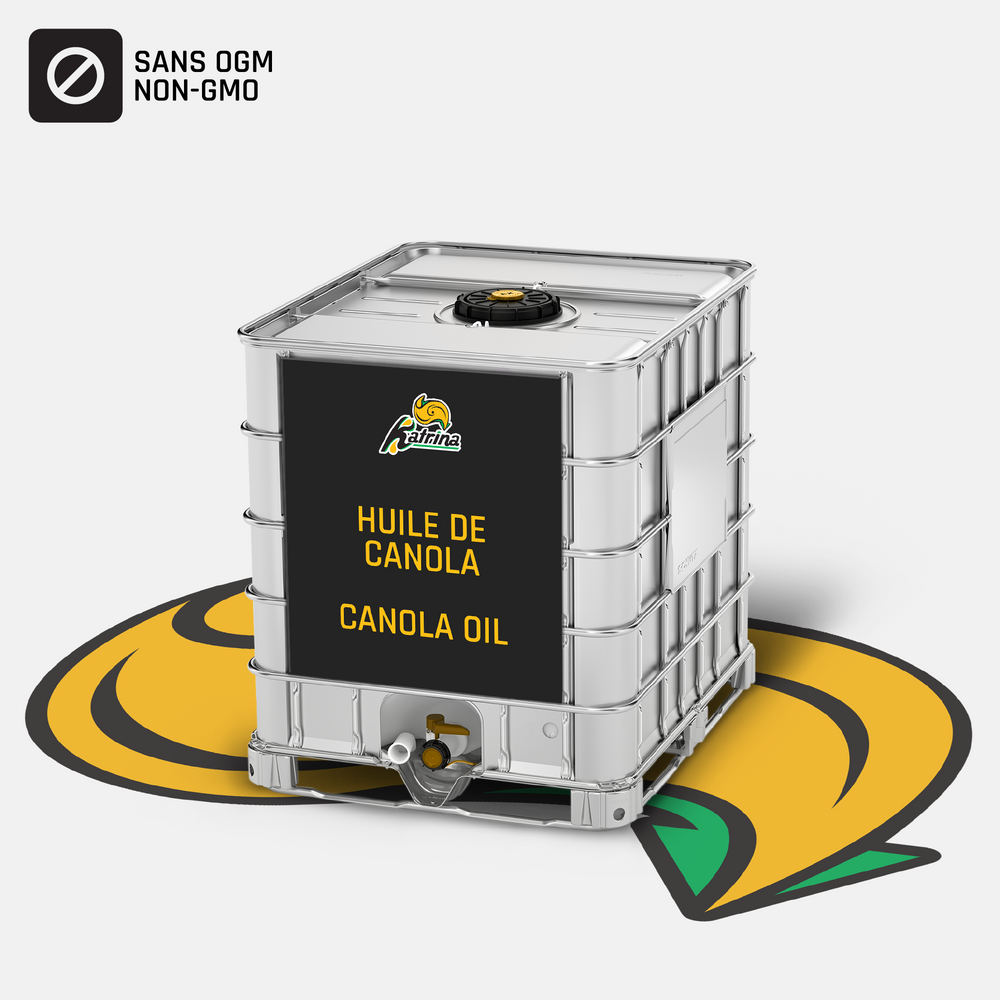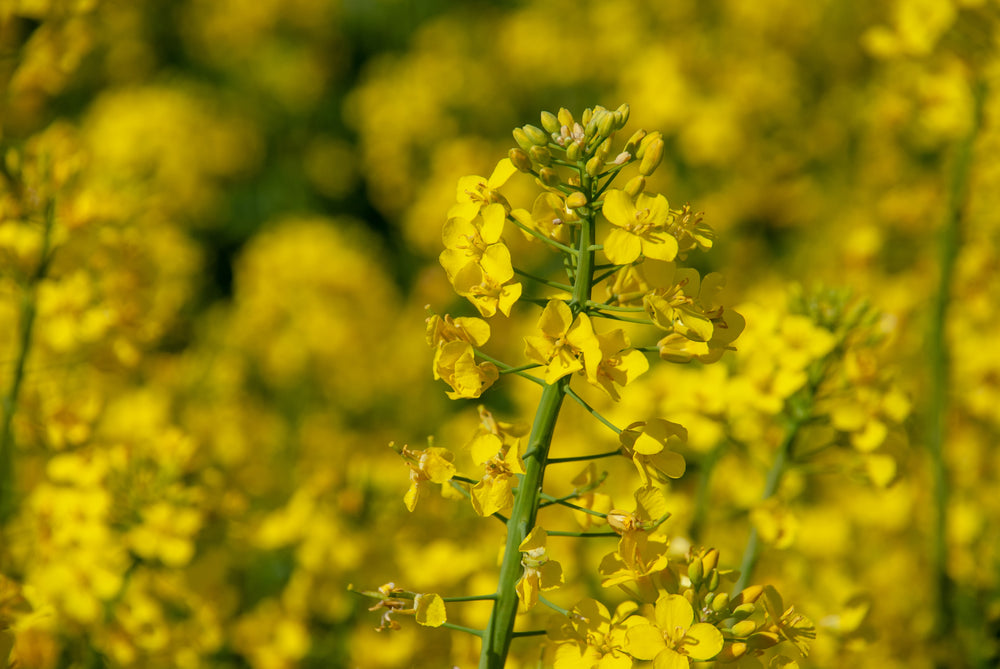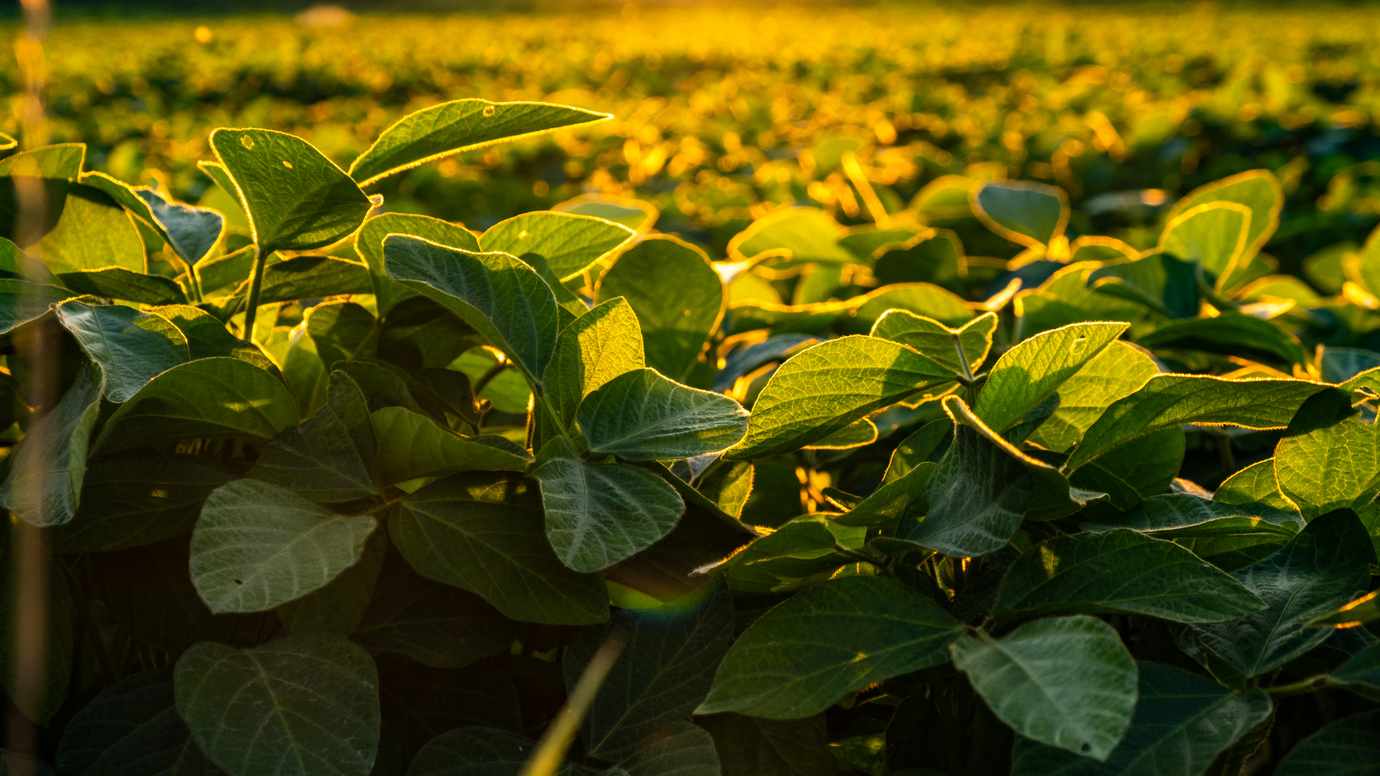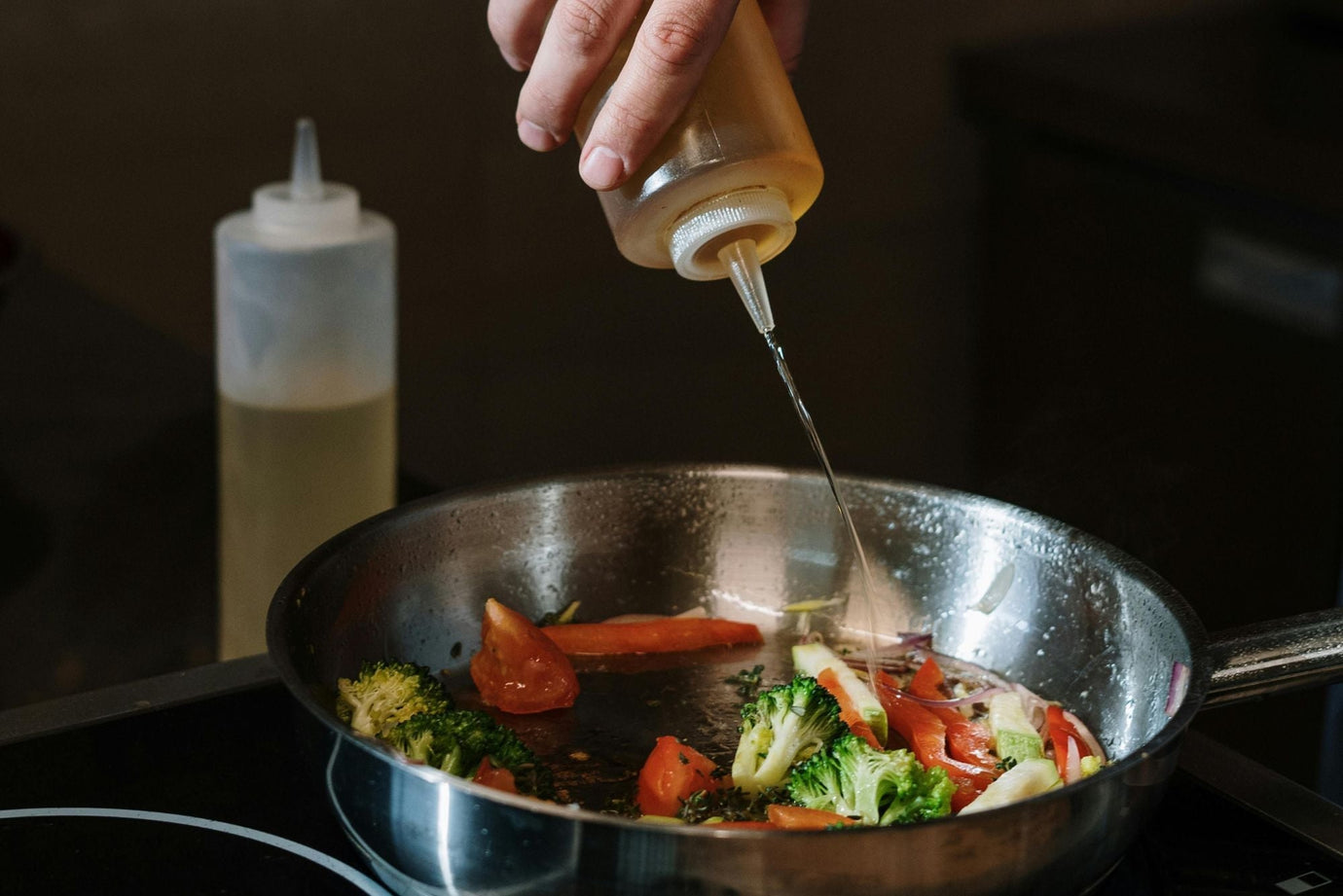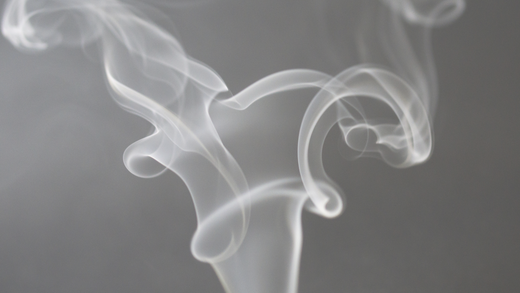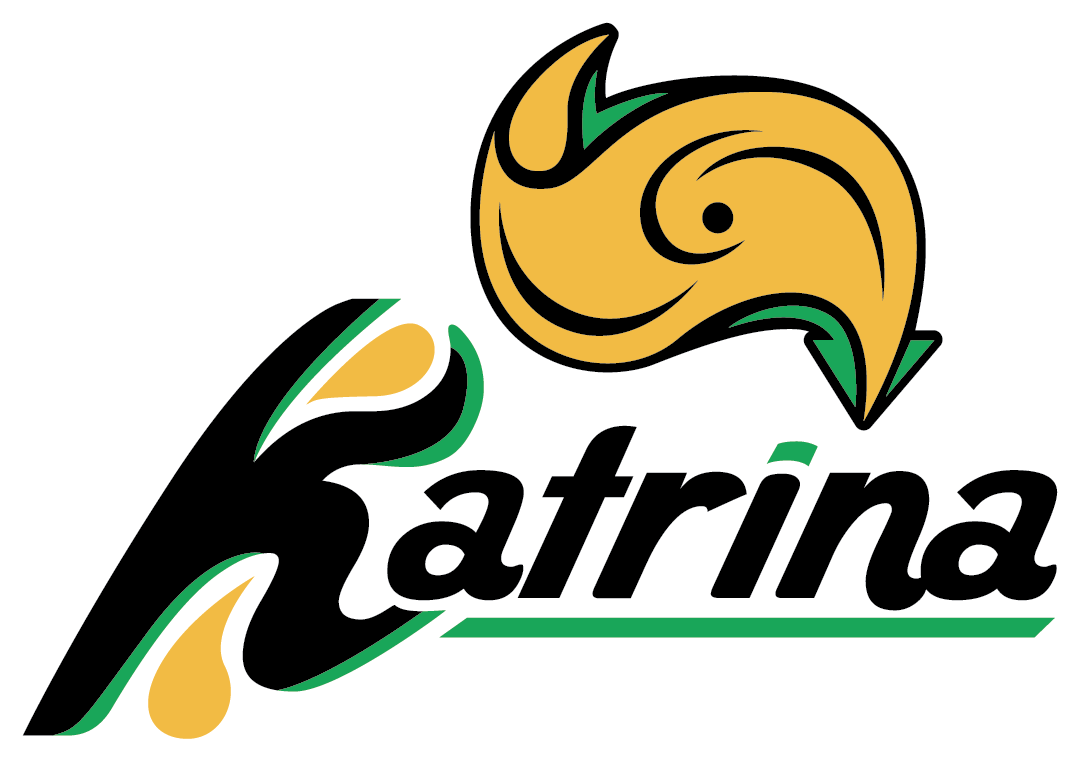How to Double-Fry for Crispy, Crunchy Chicken
Crispy and delicious - that's the hallmark of many beloved foods like french fries, chicken wings, and tempura. Achieving that perfect crunch often feels like a culinary mystery. But there's a simple technique that can make your crispy creations restaurant-quality: double-frying.
Try your hand at a recipe for double-fried chicken wings, and then read on to learn about the science behind the double-frying technique.
Recipe: How to Double-Fry Chicken Wings
Ingredients:
- Chicken wings
- Oil with a high smoke point (e.g., canola or sunflower oil)
Instructions:
-
First Fry: Heat the oil to around 325°F (163°C). Carefully add the chicken wings and fry them until they're cooked through but not yet crispy. Remove them and place on a paper towel-lined plate.
- Rest: Let the chicken wings rest for about 10–15 minutes. This allows excess moisture to evaporate and prepares them for the second fry.
-
Second Fry: Heat the oil to around 375°F (190°C). Return the chicken wings to the hot oil and fry them until they're golden brown and perfectly crispy.
- Enjoy: Season your double-fried chicken wings with your favourite spices and sauces, and savour the delicious results!

How Does Double-Frying Work?
Double-frying is all about the science of moisture and oil absorption. The food essentially undergoes the Maillard reaction, which is the chemical transformation responsible for browning and the formation of crispy textures. Here’s how double-frying works:
First Fry (Low Temperature)
Initially, the food is fried at a lower temperature, typically around 325°F (163°C). This process pushes moisture to the surface. At this stage, the food isn't crispy yet— the first fry only cooks the interior and prepares the food for the next step.
Second Fry (High Temperature)
After a brief rest, the food is fried again at a higher temperature, around 375°F (190°C). This second fry quickly crisps up the outer layer, giving the food a satisfying crunch without overcooking the inside. That’s how you get a crispy, crunchy exterior and a moist interior.
What Can You Double-Fry?
You can double-fry a wide variety of foods, including:
- French Fries: The ultimate crispy treat. The double-fry method results in a fantastic contrast between a fluffy interior and a crisp exterior.
- Chicken Wings: Double-frying guarantees that your chicken wings are not only cooked through, but also have irresistibly crispy skin.
- Tempura: The secret behind tempura's light and delicate coating is the double-fry technique.
- Doughnuts: Achieve doughnuts with a perfectly crispy outer layer and a soft, fluffy centre by using the double-fry method.
Double-frying may seem counterintuitive, but it's the secret behind achieving that delightful crunch. With this technique, you can level up your frying game and impress your family and friends with perfectly-fried chicken, fries, and other food favourites.
Related articles:

